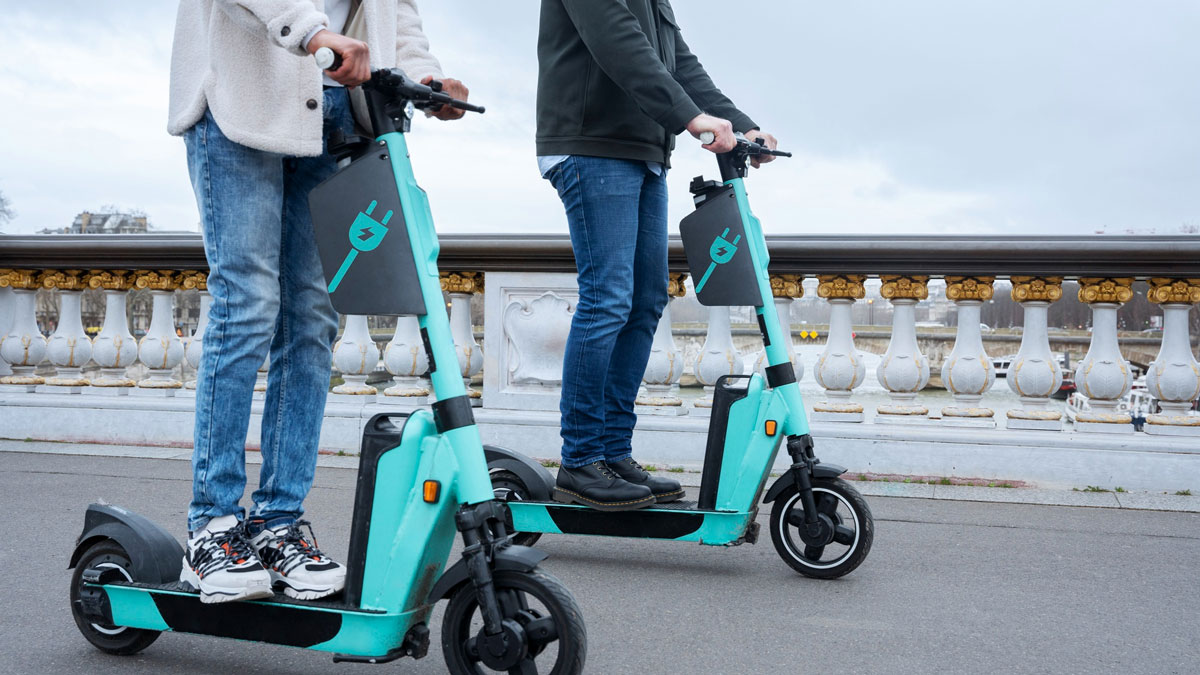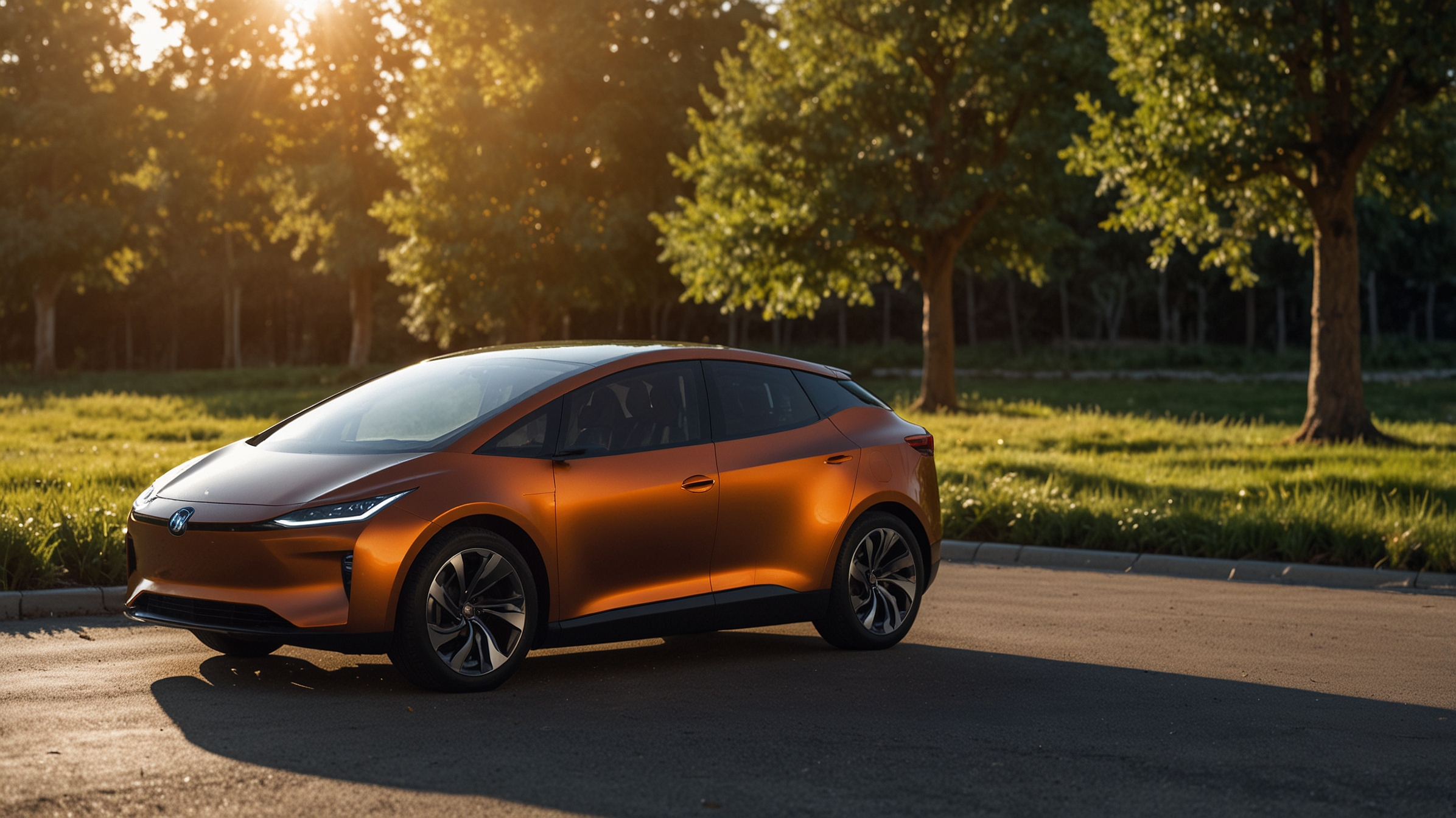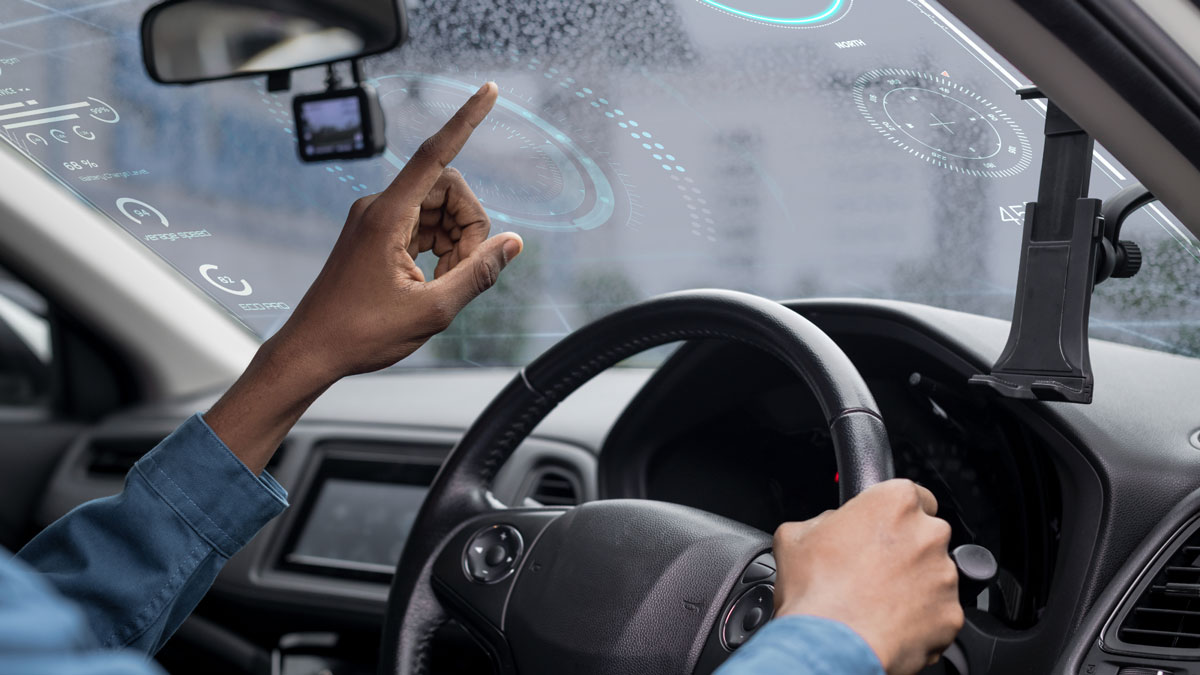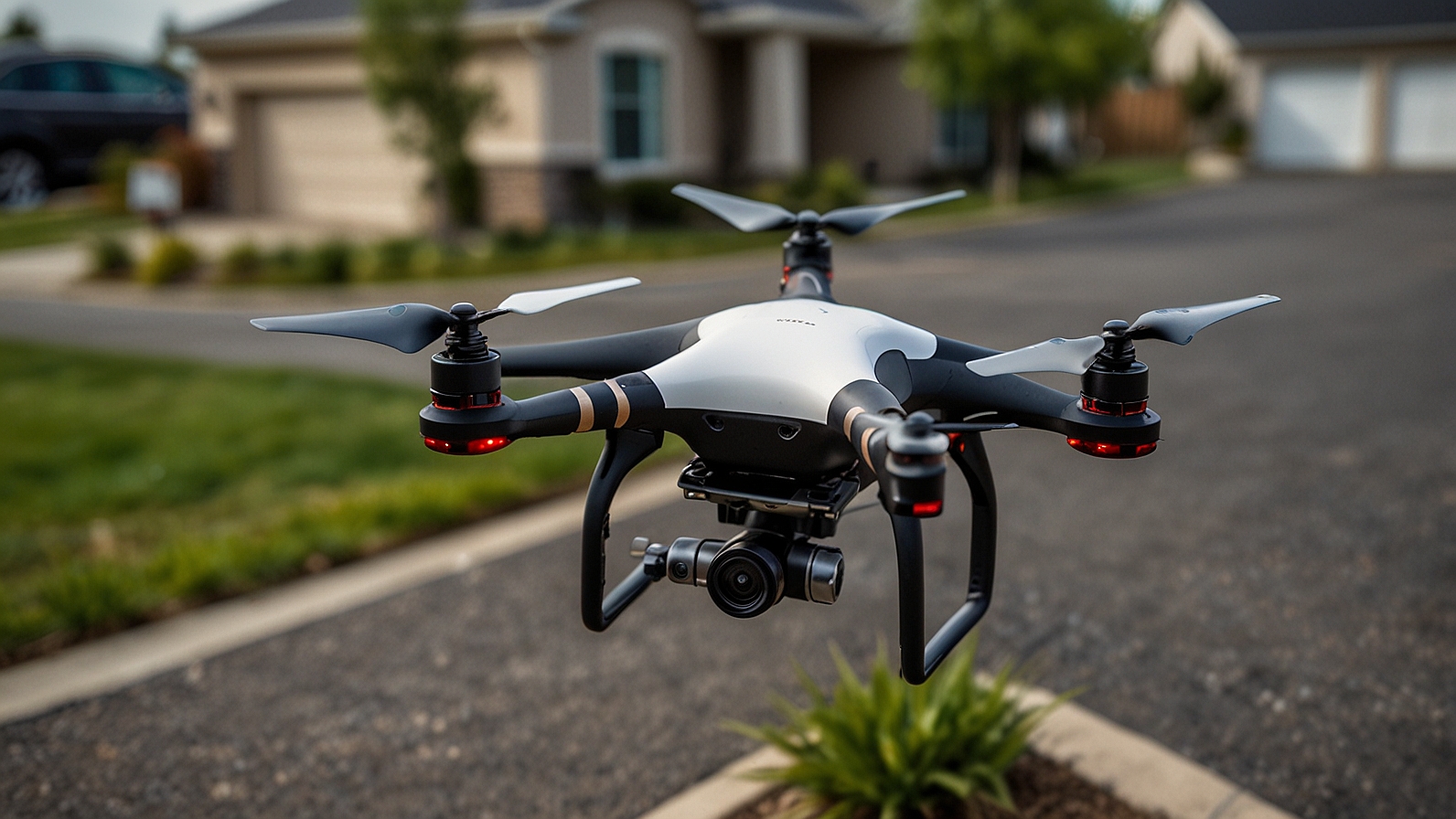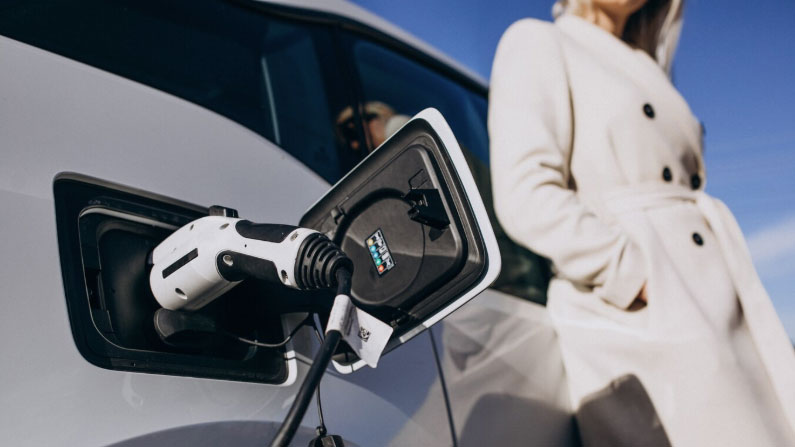The rise of electric motorcycles and scooters has sparked a revolution in urban transportation. With their sleek designs, eco-friendly appeal, and cost efficiency, these vehicles are transforming how people navigate cities worldwide. But the electric motorcycle revolution is not just about swapping gas tanks for batteries—it’s about reshaping urban mobility, reducing environmental impact, and addressing the challenges of modern commuting.
Why E-Bikes and Scooters Are Gaining Momentum
- Eco-Friendly and Sustainable The push for sustainable living has made electric two-wheelers a popular choice. Unlike traditional gasoline-powered vehicles, electric motorcycles and scooters produce zero tailpipe emissions, significantly reducing their carbon footprint. With urban areas contributing heavily to air pollution, transitioning to electric mobility is a crucial step toward cleaner cities.
- Cost-Effective Mobility Electric two-wheelers offer an affordable alternative to cars and public transportation. Lower upfront costs for scooters, reduced maintenance expenses, and savings on fuel make e-bikes and e-scooters accessible to a broader audience. Government incentives, such as tax credits and rebates, further sweeten the deal for potential buyers.
- Compact and Convenient Navigating traffic-congested streets is a daily challenge for urban commuters. Electric motorcycles and scooters are compact, allowing riders to weave through traffic and find parking with ease. This convenience makes them a preferred option for last-mile connectivity and short city commutes.
Innovations Driving the Revolution
The electric motorcycle and scooter market is witnessing rapid innovation, with technological advancements enhancing their appeal and functionality.
- Improved Battery Technology Modern e-bikes and scooters are equipped with lithium-ion batteries, which are lighter, longer-lasting, and faster to charge than older lead-acid counterparts. Extended ranges—some exceeding 100 miles per charge—are eliminating range anxiety for urban commuters.
- Smart Features Today’s electric two-wheelers are not just vehicles but also tech-powered mobility solutions. Many come with features like GPS navigation, app integration, theft protection, and remote diagnostics. These smart capabilities make them more user-friendly and secure.
- Swappable Batteries Swappable battery systems are addressing one of the biggest hurdles of electric mobility: charging infrastructure. Riders can easily replace a depleted battery with a fully charged one at designated swap stations, minimizing downtime and enhancing convenience.
- Enhanced Performance The days when electric motorcycles were perceived as sluggish are long gone. High-performance models now rival their gasoline counterparts in speed and acceleration, appealing to both urban riders and thrill-seekers.
Impact on Urban Transport
- Reduced Traffic Congestion Compact electric two-wheelers take up less space on roads, contributing to smoother traffic flow in densely populated cities. This is particularly significant in regions with inadequate road infrastructure.
- Cleaner Air and Quieter Streets Electric motorcycles and scooters reduce noise pollution, creating a quieter urban environment. The absence of tailpipe emissions also improves air quality, benefiting public health.
- Micromobility Networks E-scooters have become a cornerstone of micromobility services, with companies like Lime, Bird, and Tier offering shared fleets in cities worldwide. These services provide flexible, on-demand transport options that complement public transit systems.
- Revolutionizing Delivery Services The rise of e-commerce and food delivery has driven demand for efficient, low-cost delivery vehicles. Electric scooters are becoming the vehicle of choice for delivery fleets, offering speed and sustainability in equal measure.
Challenges Facing the E-Bike Revolution
Despite their advantages, electric motorcycles and scooters face hurdles that need to be addressed to ensure widespread adoption.
- Charging Infrastructure While swappable batteries and home charging provide solutions, the lack of widespread charging networks remains a challenge. Expanding public charging stations is critical for sustained growth.
- Battery Recycling The surge in electric vehicle adoption raises concerns about battery disposal and recycling. Developing efficient recycling methods is essential to minimize environmental impact.
- Affordability While costs have decreased, high-performance electric motorcycles still come at a premium. Making these vehicles more affordable without compromising quality is crucial for broader market penetration.
- Regulation and Safety The rapid growth of shared micromobility services has highlighted the need for regulations around rider safety, vehicle maintenance, and road sharing. Clear guidelines and education campaigns can address these issues.
What Lies Ahead?
The future of urban transport is electric, and motorcycles and scooters are leading the charge. Industry players are investing heavily in research and development, focusing on affordability, sustainability, and integration with smart city infrastructure. Governments worldwide are also stepping up, offering incentives and implementing policies to accelerate the transition to electric mobility.
Cities are beginning to adapt, too, with dedicated lanes for e-scooters and bikes, charging hubs, and investments in micromobility networks. As these changes unfold, the electric motorcycle revolution will play a pivotal role in reshaping how cities move, work, and breathe.
Conclusion
Electric motorcycles and scooters represent more than just a shift in vehicle technology—they symbolize a reimagining of urban mobility. With their potential to alleviate congestion, reduce pollution, and offer affordable transport options, they are poised to become an integral part of modern cities.
For consumers, the choice is clear: embrace the electric revolution and be part of the movement shaping a sustainable, efficient, and connected urban future.
